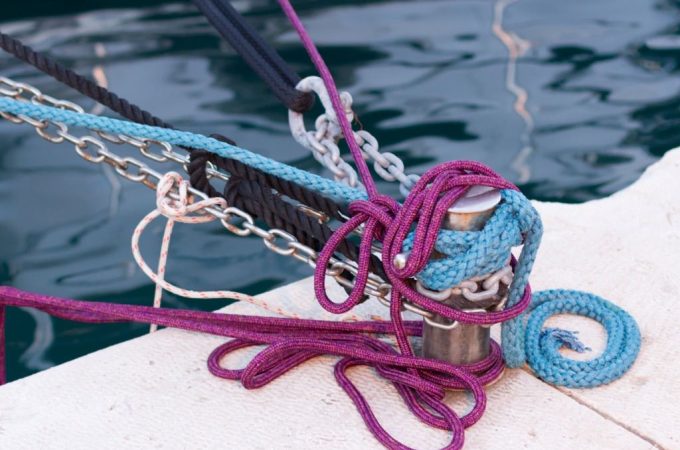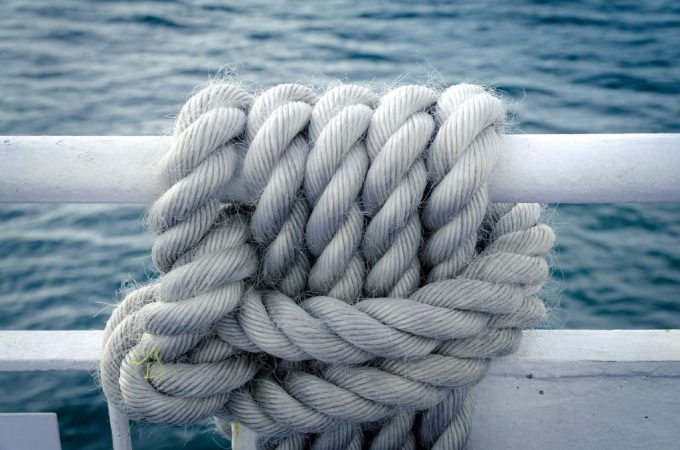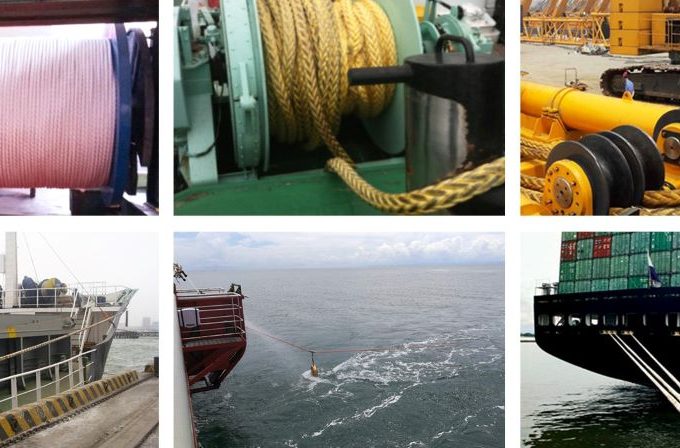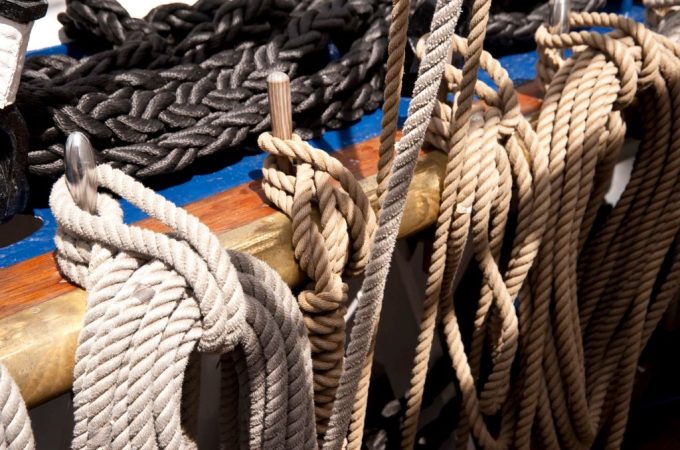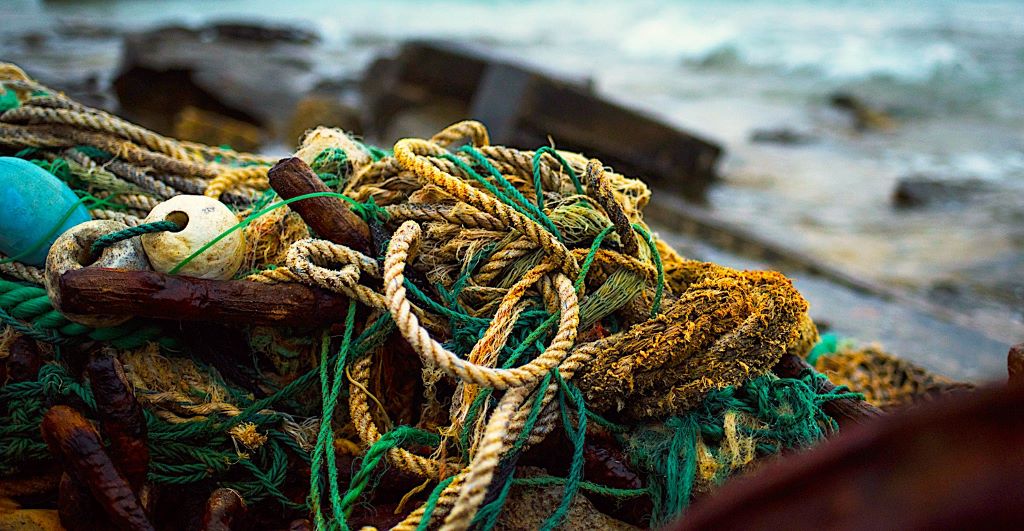
How Saltwater Slowly Destroys Your Ropes (And How to Stop It)
Saltwater is the silent killer of marine ropes. Whether you’re a seasoned sailor, a weekend boater, or a dockside enthusiast, your ropes are under constant assault. The damage isn’t always immediate, but over time, saltwater exposure can compromise strength, flexibility, and safety. Understanding how this process unfolds—and how to prevent it—is essential for anyone relying on ropes in marine environments.
Contents at a Glance
ToggleThe Science Behind Saltwater Damage
Saltwater contains sodium chloride, which crystallizes as it dries. These crystals embed themselves into rope fibers, causing micro-abrasions. Over time, these abrasions weaken the rope’s structural integrity. According to WavesRx, even synthetic ropes like nylon and polyester, which are designed for durability, suffer from salt-induced stiffness and fiber degradation.
Natural fiber ropes, such as manila or sisal, are even more vulnerable. They absorb water, swell, and retain salt, leading to mildew, rot, and eventual disintegration. In fact, untreated natural ropes can lose up to 40% of their tensile strength within months of regular saltwater exposure.
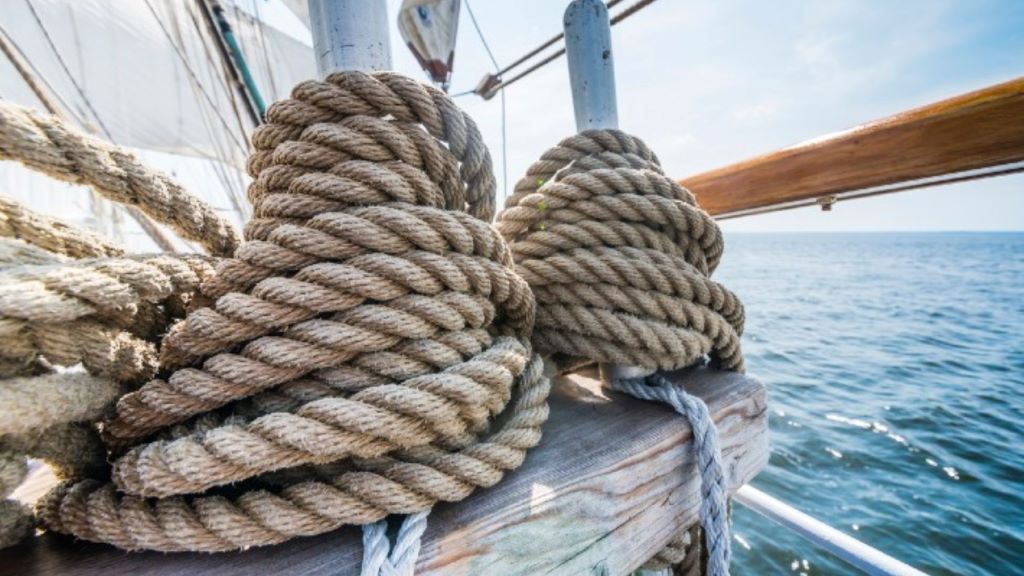
Mechanical Stress Amplifies the Problem
Saltwater damage doesn’t act alone. Mechanical stress—stretching, knotting, and friction—accelerates wear. When salt crystals are embedded in rope fibers, every movement grinds those crystals deeper, like sandpaper. This leads to fraying, fiber breakage, and reduced load capacity.
A study by Practical Sailor found that ropes exposed to saltwater and mechanical strain lost up to 25% of their strength in just one season. This is especially dangerous in high-load applications like towing, anchoring, or mooring, where rope failure can result in costly damage or injury.
UV Exposure and Salt: A Double Threat
Saltwater rarely acts alone. UV radiation from the sun compounds the damage. UV rays break down synthetic polymers, causing brittleness and discoloration. When combined with salt, the degradation accelerates. Polyester ropes, for example, may resist UV better than nylon, but they still suffer from salt-induced stiffness and fiber fatigue.
According to GZ Industrial Supplies, ropes exposed to both saltwater and sunlight degrade up to 60% faster than those kept dry and shaded. This makes proper storage and maintenance non-negotiable.
How to Stop Saltwater from Destroying Your Ropes
-
Rinse After Every Use
Freshwater rinsing is the first line of defense. After each outing, thoroughly rinse ropes with clean water to remove salt and debris. This prevents salt crystals from forming and embedding into fibers.
-
Use Mild Soap and Soft Brushes
Occasionally, ropes need a deeper clean. Use mild detergent and a soft brush to scrub away grime. Avoid bleach or harsh chemicals—they weaken fibers and reduce elasticity.
-
Dry Completely Before Storage
Never store wet ropes. Moisture encourages mildew and accelerates fiber breakdown. Air-dry ropes in a shaded, ventilated area. Avoid direct sunlight, which can cause UV damage.
-
Apply Rope Treatments
Waterproofing treatments like Nikwax Rope Proof can reduce water absorption by up to 39%. These treatments also improve handling and reduce snarling. Reapply every season for best results.
-
Inspect Regularly
Check ropes for fraying, stiffness, or discoloration. Replace damaged sections promptly. A compromised rope is a liability, not a tool.
-
Store Properly
Keep ropes in a cool, dry place. Use breathable bags or hang them loosely to prevent kinks and pressure points. Avoid plastic containers that trap moisture.
-
Choose the Right Rope Material
Synthetic ropes like polyester offer better resistance to saltwater and UV. Natural ropes require more care and are best used in low-exposure settings. Match the rope to the task for optimal longevity.
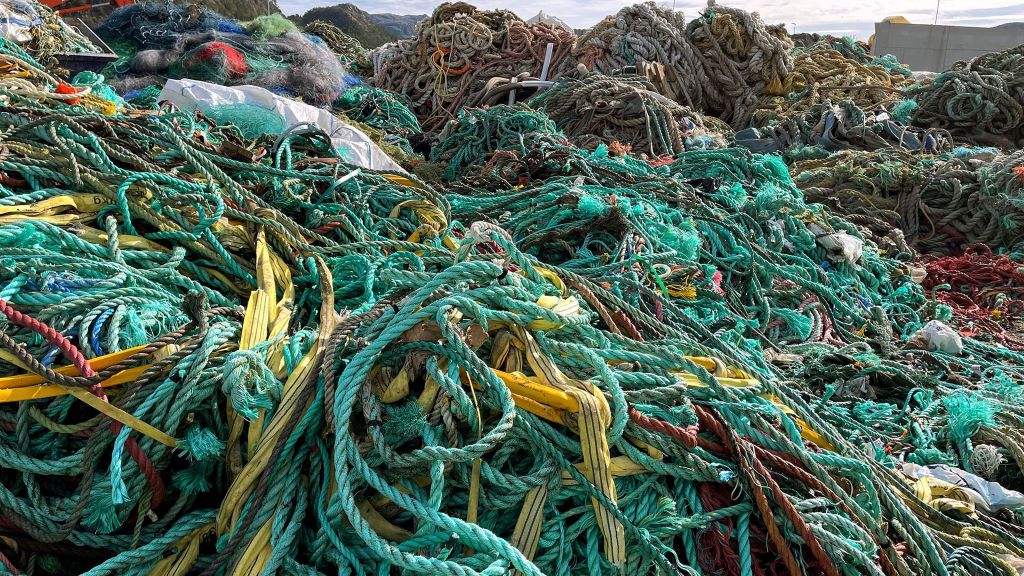
Featured Snippet: How Saltwater Slowly Destroys Your Ropes (And How to Stop It)
Q: How does saltwater damage ropes, and what can you do to prevent it?
Saltwater damages ropes by embedding salt crystals into the fibers, causing micro-abrasions and stiffness. Over time, this weakens the rope’s strength and flexibility. Combined with UV exposure and mechanical stress, the damage accelerates. To prevent this, rinse ropes with freshwater after each use, dry them thoroughly, apply waterproofing treatments, and store them in shaded, ventilated areas. Regular inspections and choosing the right rope material also help extend their lifespan.
FAQs
- Can saltwater damage synthetic ropes like nylon or polyester?
Yes. While synthetic ropes resist water better than natural fibers, salt crystals still cause stiffness and fiber fatigue over time. - How often should I rinse my ropes?
After every use in saltwater. Regular rinsing prevents salt buildup and prolongs rope life. - Are rope treatments worth it?
Yes. Products like Nikwax Rope Proof reduce water absorption and improve handling. They offer multi-season protection. - What’s the best rope material for saltwater use?
Polyester is ideal. It resists UV and saltwater better than nylon or natural fibers. - Can I use bleach to clean my ropes?
No. Bleach weakens rope fibers and reduces elasticity. Use mild soap instead. - How do I know when to replace a rope?
Look for fraying, stiffness, discoloration, or reduced flexibility. If in doubt, replace it—safety first. - Is it safe to store ropes in plastic containers?
Not recommended. Plastic traps moisture, leading to mildew. Use breathable bags or hang ropes loosely.
Final Thought
Saltwater is relentless. It doesn’t just wet your ropes—it slowly destroys them. But with the right care, you can fight back. Rinse, inspect, treat, and store wisely. Your ropes are more than tools—they’re lifelines. Protect them, and they’ll protect you. Read More: Pulling Power: Rope Maintenance for Heavy-Duty Tasks
Call to Action
Don’t wait for your ropes to fail when you need them most. Start a maintenance routine today. Invest in quality treatments, inspect regularly, and upgrade your storage game. For expert tips and gear recommendations, check out WavesRx’s rope care guide and Practical Sailor’s rope treatment reviews. Your next adventure depends on it.


